An optical module is a crucial component in optical communication systems. It is used to convert electrical signals into optical signals or vice versa, enabling the transmission of data over optical fibers or waveguides. Optical modules find extensive use in network equipment, data centers, communication devices, and various other optical communication applications.
Here is a basic introduction to some optical modules:
The working principle of optical modules
Optical modules are essential components in optical fiber communication, serving as optoelectronic devices that facilitate the conversion of optical signals to electrical signals and vice versa during the transmission of optical signals.
Optical modules typically include a laser diode or LED light source for emitting optical signals, as well as a light receiver (usually a photodiode or photodetector) for receiving optical signals and converting them into electrical signals.
These modules also incorporate electronic driver and control circuits to ensure high-quality transmission of optical signals and support hot-swappable functionality.
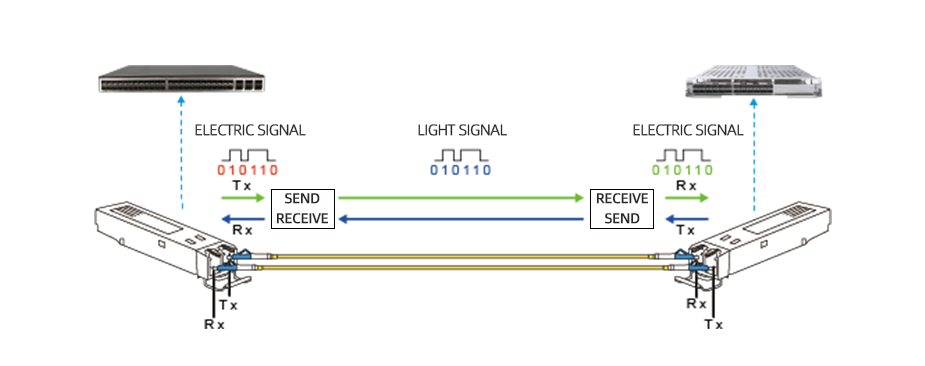
(Working Principle Diagram of Optical Module)
The appearance and structure of optical modules
There are various types of optical modules, and their physical appearances can vary. However, their fundamental structural components typically include the following, as shown in the diagram illustrating the exterior structure of an optical module (using the example of an SFP package).
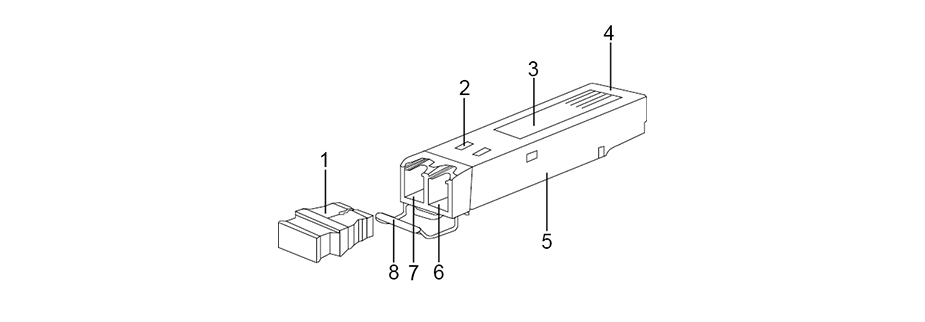
(Optical Module Exterior Structure Diagram)
Structure Description
1.Dust Cap: Protects optical fiber connectors, fiber adapters, optical module optical interfaces, and other device ports from contamination and external damage.
2.Bezel: Ensures a proper alignment between the optical module and the device's optical interface, typically found only on SFP-packaged optical modules.
3.Label: Used to indicate key parameters and manufacturer information of the optical module.
4.Connector: Used for connecting the optical module to the circuit board, transmitting signals, and supplying power to the optical module.
5.Housing: Protects internal components and can come in two main types: 1x9 housing and SFP housing.
6.Receive Interface (Rx): The optical fiber receive interface.
7.Transmit Interface (Tx): The optical fiber transmit interface.
8.Pull Tab: Used for inserting and removing the optical module, and to aid in quick identification, pull tab colors may vary for different wavelength bands.
What are the common types of optical modules?
SFP Module (Small Form-Factor Pluggable):
The SFP module is a small, hot-swappable optical module commonly used in applications such as Gigabit Ethernet, fiber optics communication, and various short-distance or long-distance communication applications. SFP modules come in various types, including SFP, SFP+, BiDi SFP, CWDM SFP, DWDM SFP, each designed for specific applications and distance requirements.
QSFP Module (Quad Small Form-Factor Pluggable):
The QSFP module is a high-density optical module commonly used for high-speed data transmission, such as 40Gbps, 100Gbps, and even higher-speed optical communication. There are different types of QSFP modules, including QSFP+, QSFP28, QSFP56, etc., each supporting various data transmission rates.
CFP Module (C Form-Factor Pluggable):
The CFP module is a high-performance optical module typically used for ultra-high-speed data transmission, such as 100Gbps, 200Gbps, 400Gbps, and more. CFP modules are typically larger and provide more ports and channels to support high-bandwidth applications.
XFP Module (10-Gigabit Small Form-Factor Pluggable):
The XFP module is a small optical module used for 10Gbps data transmission, commonly applied in Gigabit Ethernet, fiber optics communication, and other high-speed applications.
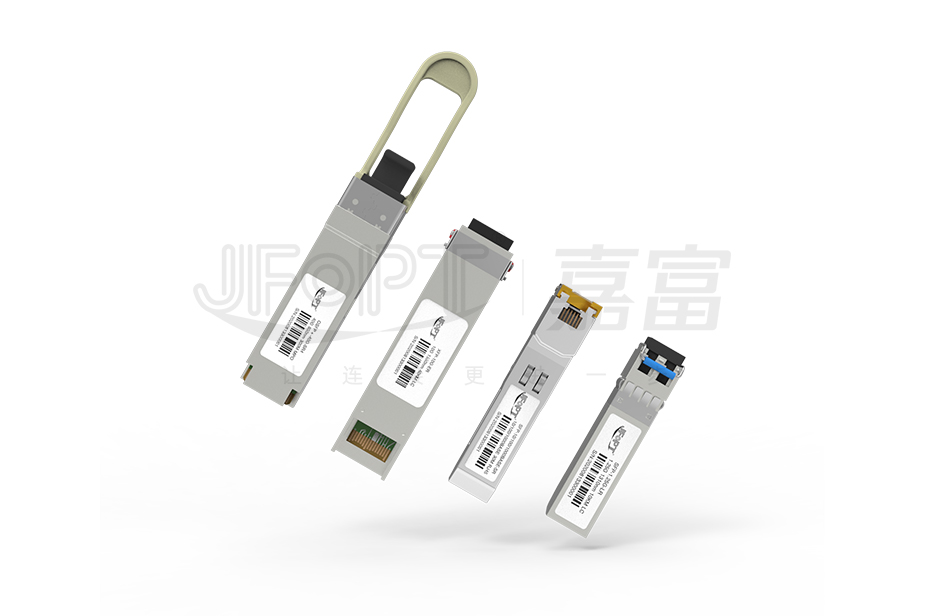
Application of optical modules
Optical modules are widely used in various fields, including data center interconnections, long-distance communication, fiber optic networks, wired and wireless communications, to achieve high bandwidth, low latency, and reliable data transmission.
In general, optical modules are crucial components of optical communication systems, supporting high-speed data transmission and connecting different network devices, providing reliable optical communication solutions. Different types of optical modules are suitable for various applications and performance requirements.
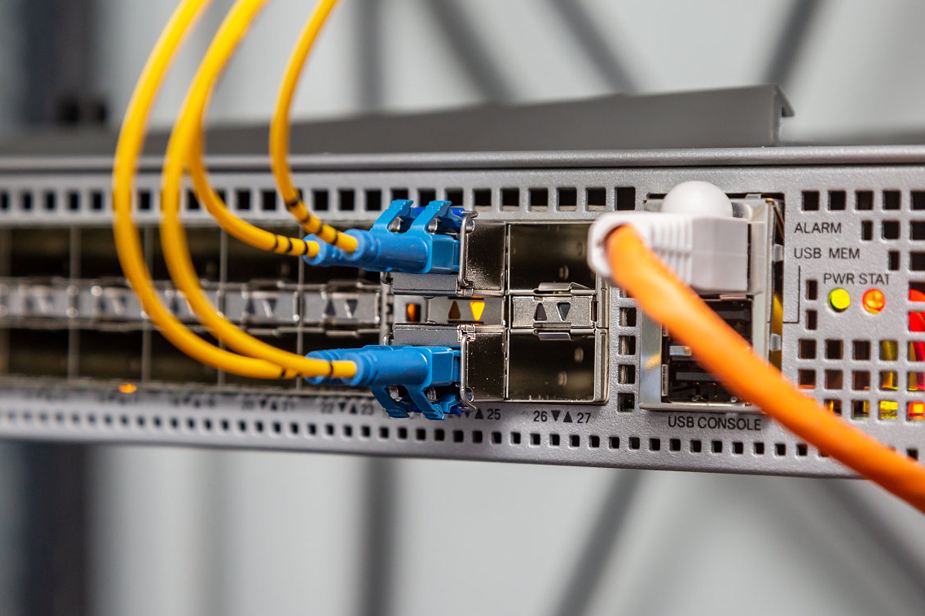

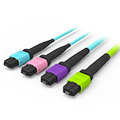
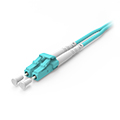
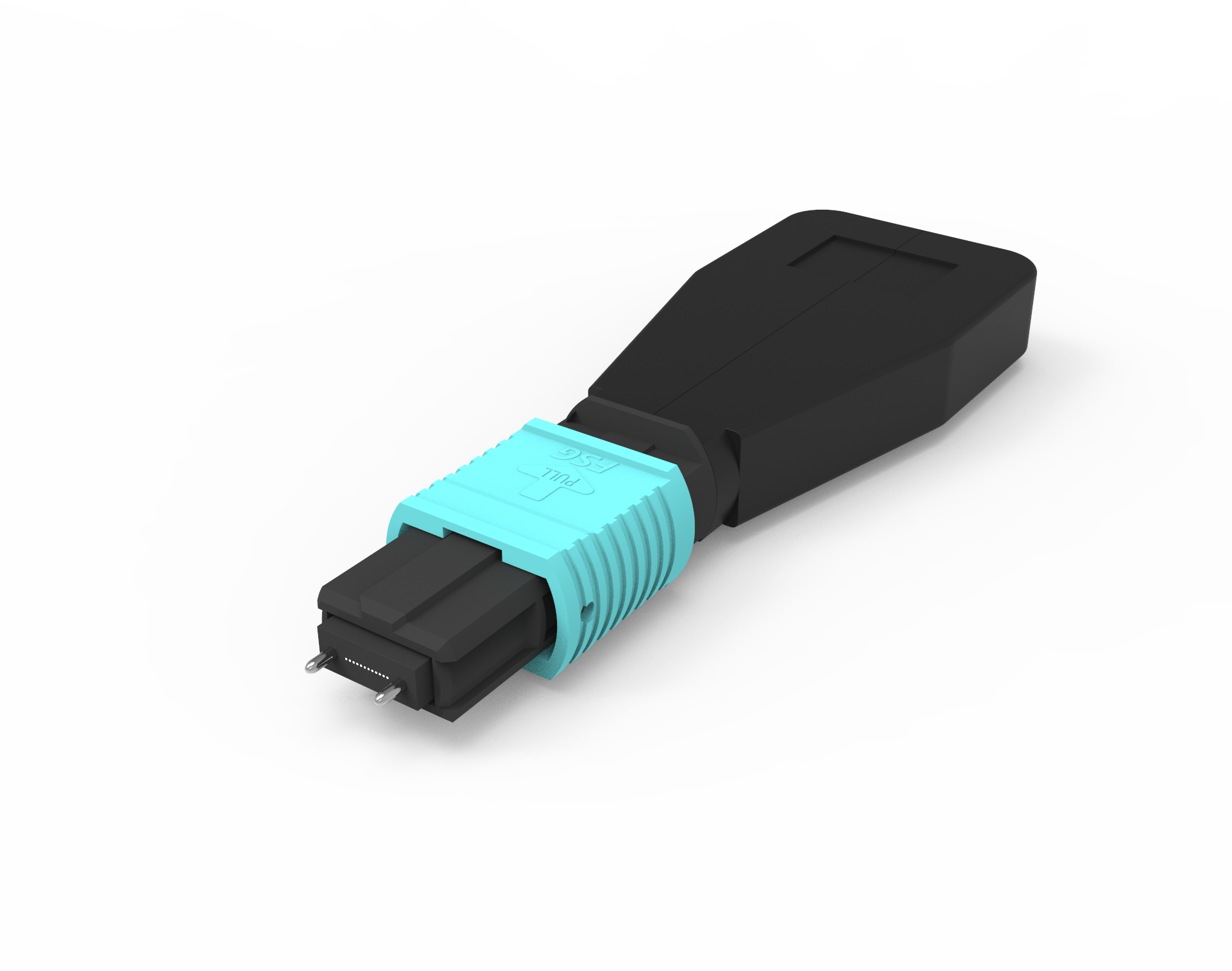
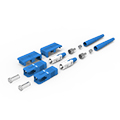
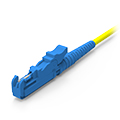

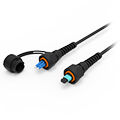
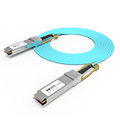
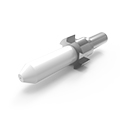
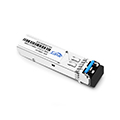
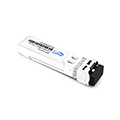
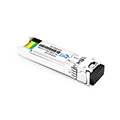
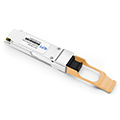
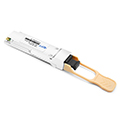

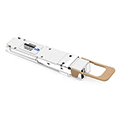
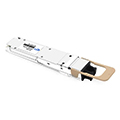
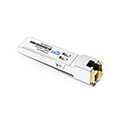
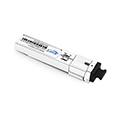

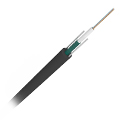
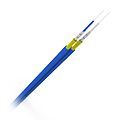


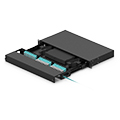
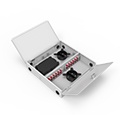
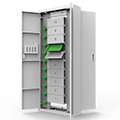
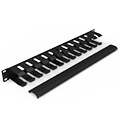
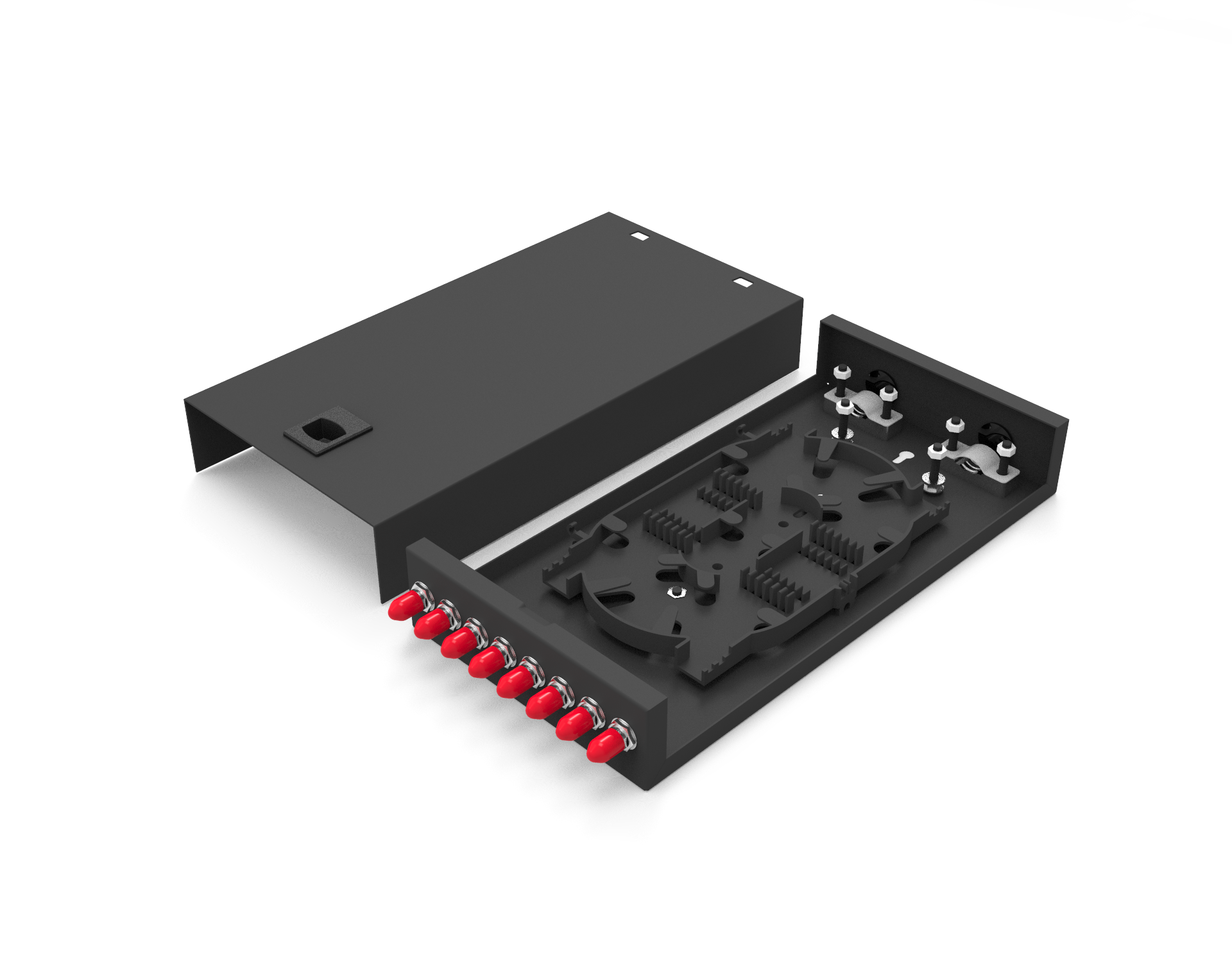
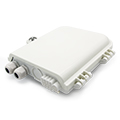
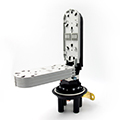
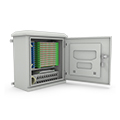
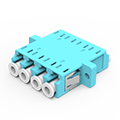
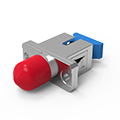
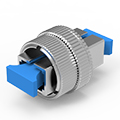
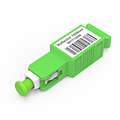
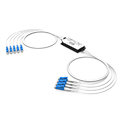
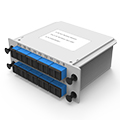

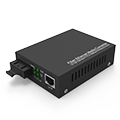
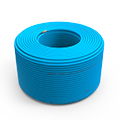
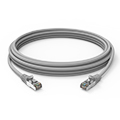
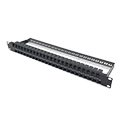
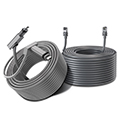
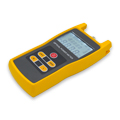
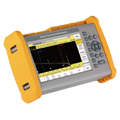
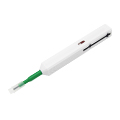
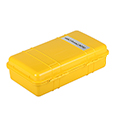
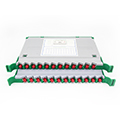
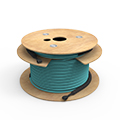


















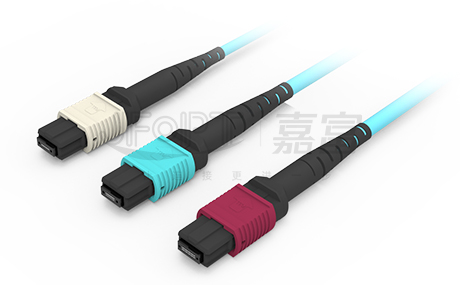
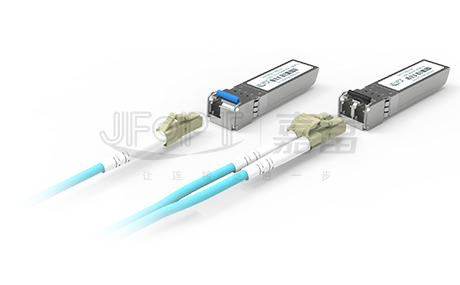
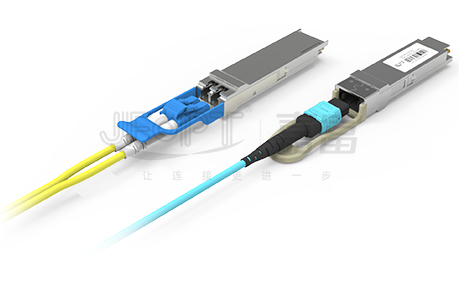
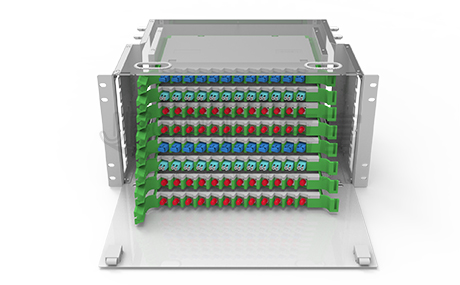

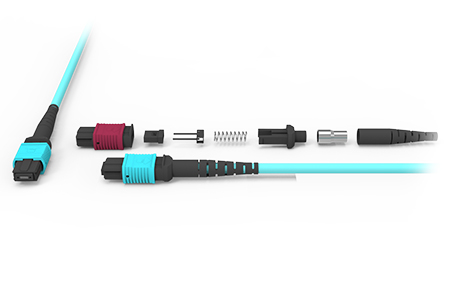
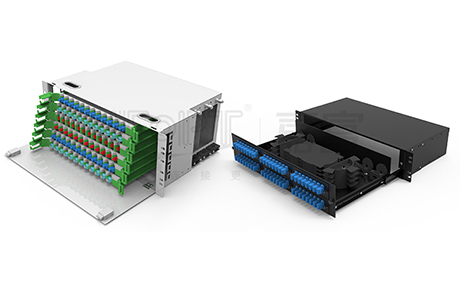
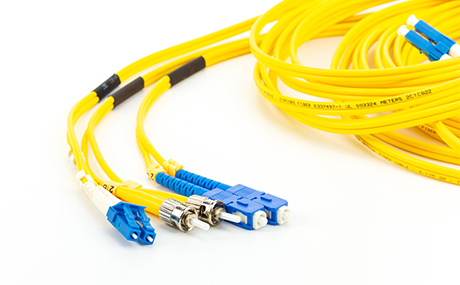
 Ann
Ann












